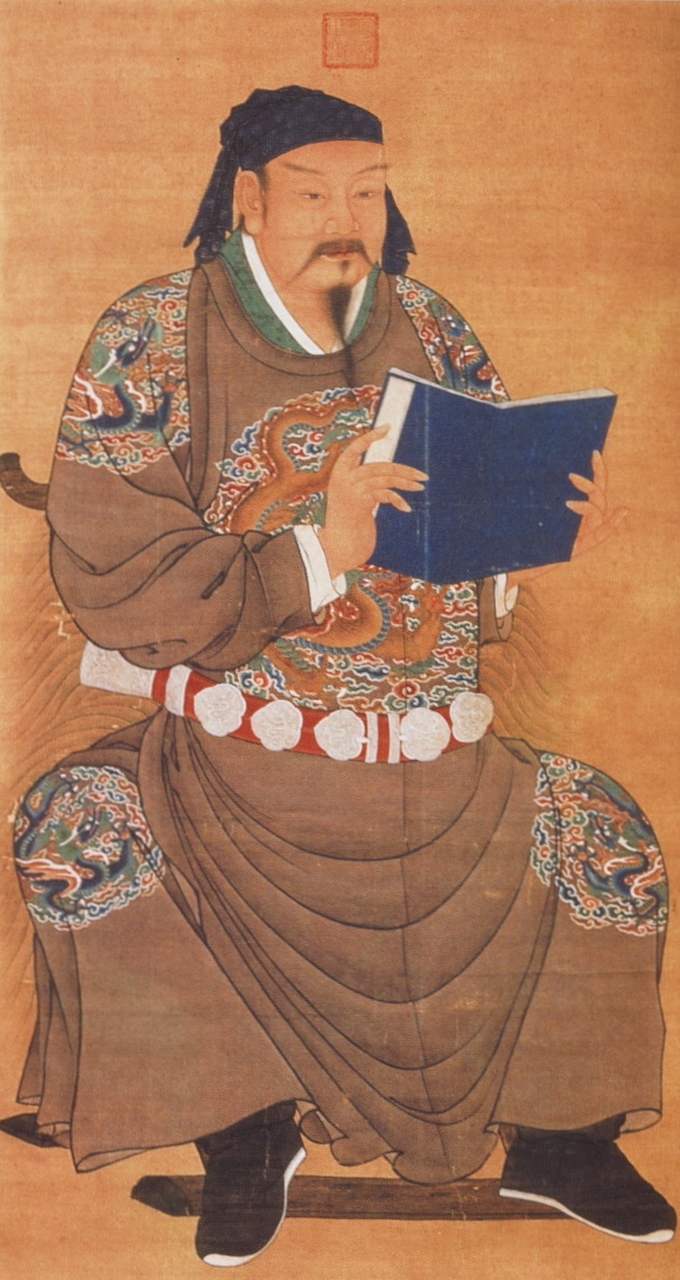|
Laba Congee
Laba congee () is a Chinese ceremonial congee dish traditionally eaten on the eighth day of the twelfth month in the Chinese calendar. The day on which it is traditionally eaten is commonly known as the Laba Festival. The earliest form of this dish was cooked with red beans and has since developed into many different kinds. It is mainly made up of many kinds of rice, beans, peanuts, dried fruit, lotus seeds, etc. Depending on region-based variations in China, it can also include tofu, potato, meat and vegetables. History In the Han Dynasty, during the Laba Festival, people did not consume Laba congee as it was used for worshipping the gods. In the Northern and Southern Dynasties period, the date of the Laba Festival was fixed on the eighth day of the twelfth lunar month. In the Song Dynasty, Laba congee was widely consumed throughout China by not only the common people, but also government officials and aristocrats. In the Qing Dynasty, the Laba Festival was sometimes celebrated ... [...More Info...] [...Related Items...] OR: [Wikipedia] [Google] [Baidu] |
China
China, officially the People's Republic of China (PRC), is a country in East Asia. It is the world's most populous country, with a population exceeding 1.4 billion, slightly ahead of India. China spans the equivalent of five time zones and borders fourteen countries by land, the most of any country in the world, tied with Russia. Covering an area of approximately , it is the world's third largest country by total land area. The country consists of 22 provinces, five autonomous regions, four municipalities, and two Special Administrative Regions (Hong Kong and Macau). The national capital is Beijing, and the most populous city and financial center is Shanghai. Modern Chinese trace their origins to a cradle of civilization in the fertile basin of the Yellow River in the North China Plain. The semi-legendary Xia dynasty in the 21st century BCE and the well-attested Shang and Zhou dynasties developed a bureaucratic political system to serve hereditary monarchies, or dyna ... [...More Info...] [...Related Items...] OR: [Wikipedia] [Google] [Baidu] |
Yue Fei
Yue Fei ( zh, t=岳飛; March 24, 1103 – January 28, 1142), courtesy name Pengju (), was a Chinese military general who lived during the Song dynasty, Southern Song dynasty and a national hero of China, known for leading Southern Song forces in Jin–Song Wars, the wars in the 12th century between Southern Song and the Jurchen people, Jurchen-ruled Jin dynasty (1115–1234), Jin dynasty in northern China. Because of his warlike-stance, he was put to death by the Southern Song government in 1142 under a concocted charge, after a negotiated peace was achieved with the Jurchens. Yue Fei is depicted in the Wu Shuang Pu (, Table of Peerless Heroes) by Jin Guliang. Yue Fei's Ancestral home (China), ancestral home was in Xiaoti, Yonghe Village, Tangyin, Xiangzhou, Henan (in present-day Tangyin County, Anyang, Henan). He was granted the posthumous name Wumu () by Emperor Xiaozong of Song, Emperor Xiaozong in 1169, and later granted the noble title King of È () posthumously by the ... [...More Info...] [...Related Items...] OR: [Wikipedia] [Google] [Baidu] |
